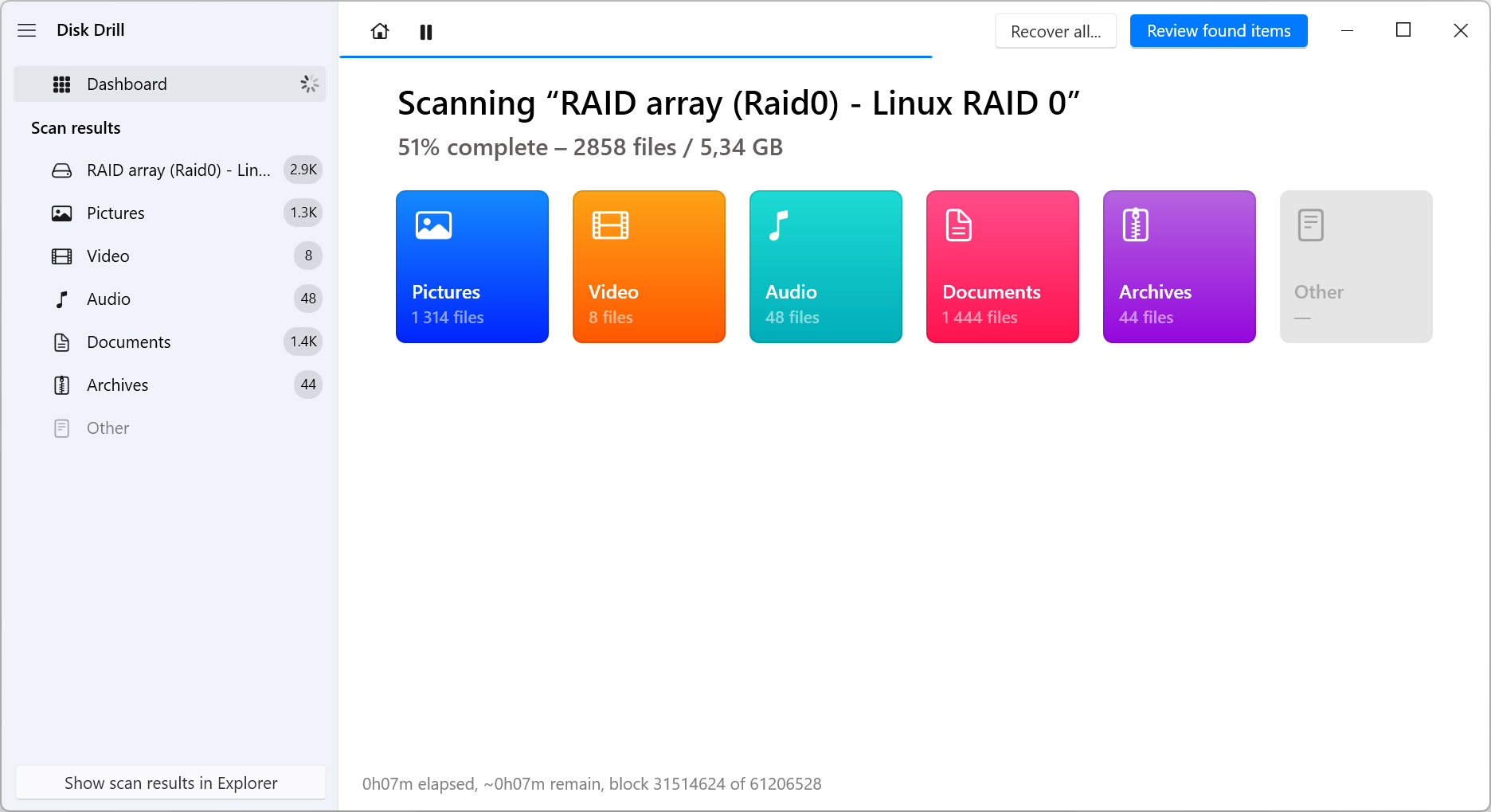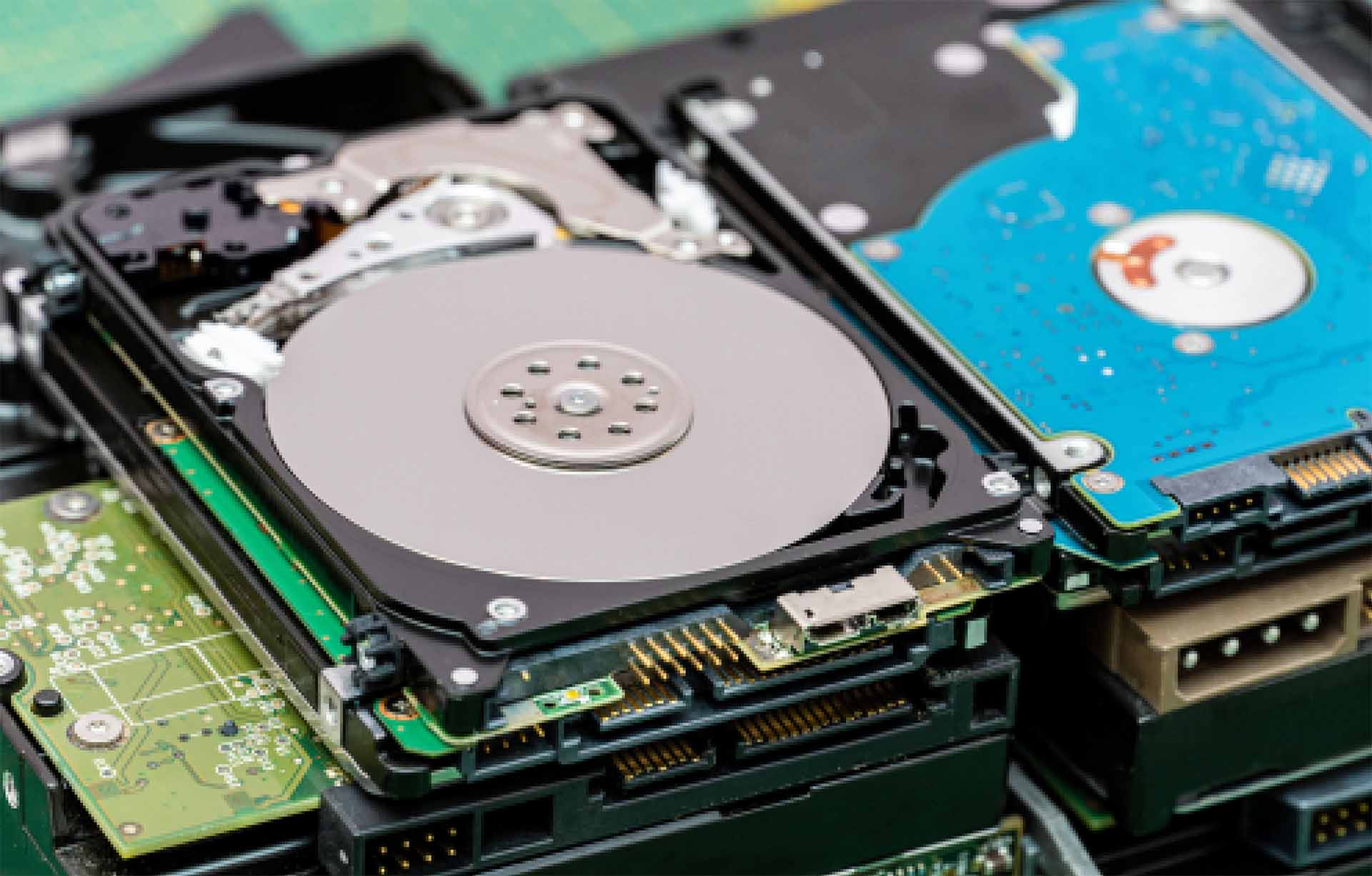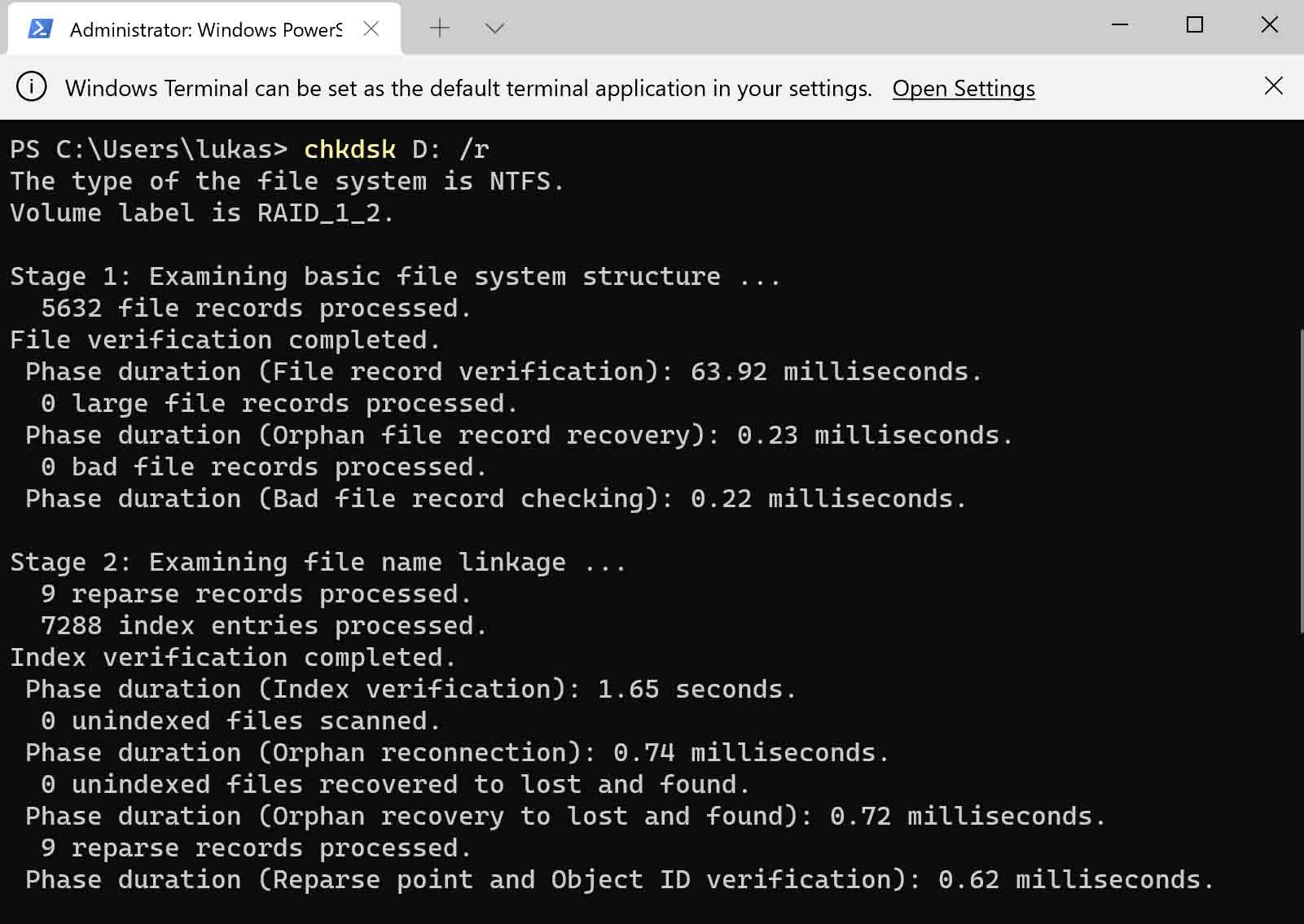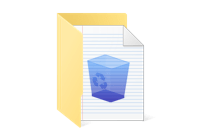One popular non-standard configuration is RAID 10, which typically consists of two RAID 1 groups for data redundancy which are then used to create RAID 0 for improved performance.
-
RAID 10
-
RAID 0, 1, 5
The specific properties of the logical unit depend on which RAID configuration (level) you choose, such as RAID 0, RAID 1, or RAID 5. Besides these standardized RAID configurations, there are many non-standard levels, most of which were created by companies selling all kinds of proprietary RAID products to meet the needs of their customers.


















